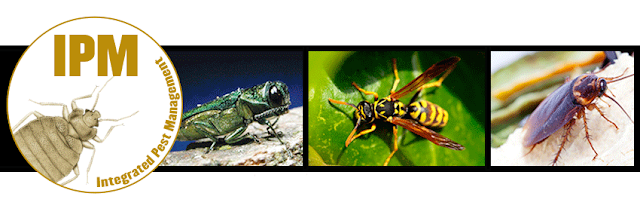Lighting Up the Landscape: Lighting Effects in Water Features

Lighting Up the Landscape Lighting Effects in Water Features © Elite Landscape Lights O ff-season lighting can create a total shift in dynamic comparative to spring and summer, especially with variations in colour contrast. Specific types of lighting¹ can enhance the aesthetic and functionality of landscape design and can be revised to compliment the atmosphere or mood of a season. In particular, night lighting in the landscape is especially important in the autumn and winter months when daylight hours slowly recede into quiet solitude. In Lighting Up the Landscape , we will explore the basics of lighting effects on softscaping and hardscaping design elements. Lighting can optimize the aesthetic and functionality of water features through the exploitation of two main behaviours characteristic of water, reflection and refraction . Reflection is the abrupt change in the direction of wave propagules that strike the boundary between two different media, where at least...


